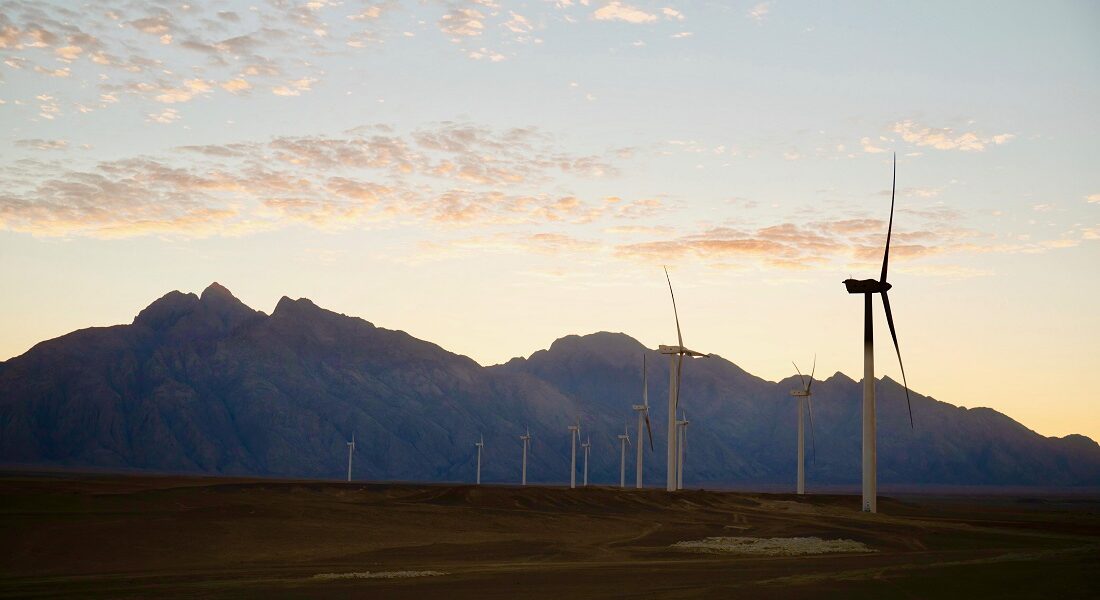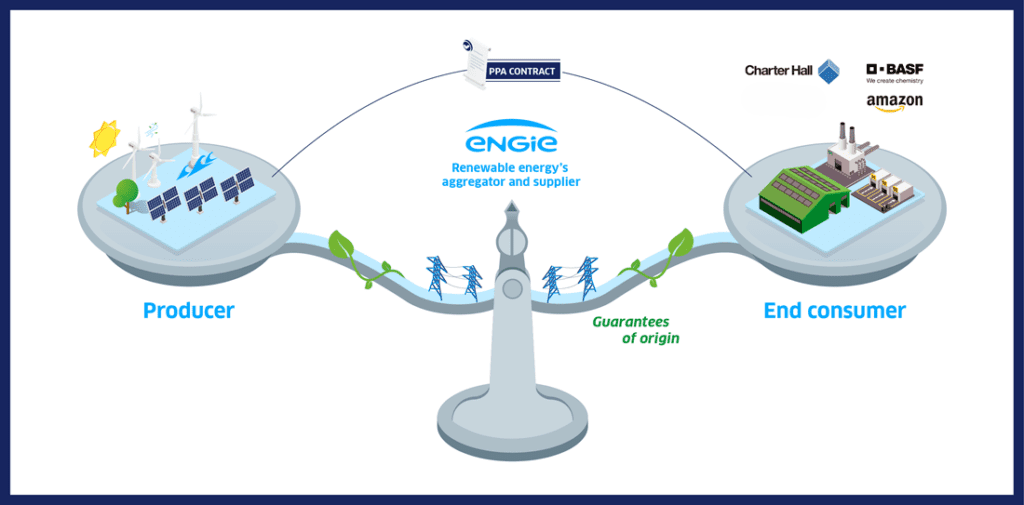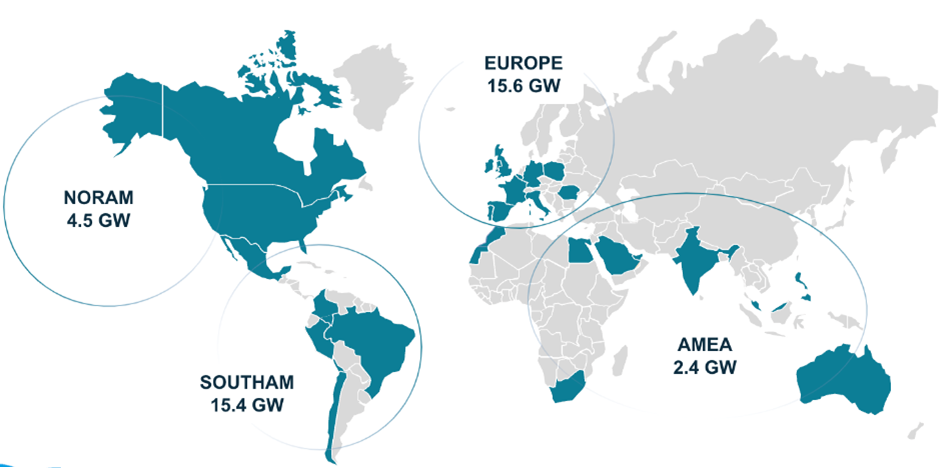
Defining Power Purchase Agreements
Power Purchase Agreements (PPAs) are energy contracts between a power supplier and a consumer for energy procurement. These agreements are generally long-term ones, ranging from 10 to 15 years. A short duration of 5 years or below are also possible.
When to choose short-term PPA
Short-term contracts range from 1 to 5 years. They are often chosen for brownfield assets that don’t need visibility on long term revenue for loans, typically for assets sorting out of subsidies’ schemes.
Short-term PPAs are especially advantageous in markets with uncertain regulatory environments or rapidly changing energy landscapes. Mixing short and long-term agreements can help balance risks effectively.
Energy transition with long-term PPA
Long-term contracts usually span from 10 to 15 years, with potential extensions beyond 20 years. Long-term PPAs are a reliable way to decarbonize electricity consumption and contribute to the energy transition for all types of organizations and businesses.
Fixed pricing over extended contract periods helps in managing financial risks and uncertainties,
Importance of PPAs
PPAs emerged about a decade ago as a response to environmental goals and corporate sustainability commitments. The competitive cost of renewable energy (wind & solar) and the growing demand for sustainable solutions are driving today’s PPAs.
Benefits of Power Purchase Agreements
- PPAs provide power producers with predictable and steady revenue streams, enabling investment recoupment and profitability over the years.
- Long-term contracts leads to manage risks such as energy price fluctuations, market uncertainties, and regulatory changes. Fixed pricing helps both the seller and the buyer manage risk exposure.
- Such agreements enhance project financial sustainability, making them more attractive to investors and governments. As a result, banks and other financial institutions are more likely to finance the development of renewable energy projects.
- Long-term PPAs facilitate the shift from fossil fuels to renewable energy sources by providing a stable and reliable clean energy supply to the grid.
Wind and solar PPA technologies
Various types of PPAs exist based on renewable energy project location and electricity production.
However, the ongoing decrease in costs for green power technologies has notably impacted the most common sources: wind and solar power purchase agreements (offshore wind is fastest the growing renewable technology). This cost reduction has lowered the price of electric power, making renewable energy PPAs more accessible and attractive in the context of current prices market
With each passing year, improvements in the efficiency and performance of these technologies are making renewable energy PPAs more accessible to a broader range of organizations, effectively reducing energy costs and fostering competitiveness.
Government support is critical to driving the development and adoption of renewable energy technologies. By creating an enabling environment through policies, regulations, incentives, and investments, governments accelerate the transition to a cleaner, more sustainable energy future.

PPA risk management
Given the long-term nature of PPAs, risk management is at the heart of this business profitability
It is the key expertise of ENGIE Global Energy Management & Sales With our extensive experience in both financial and physical energy management and our strong financial position, we effectively manage risk diversification between different energy operators. As a midstreamer, ENGIE absorbs and mitigates risk through best-in-class hedging strategies.
Explaining PPA Risks
Risk management in Power Purchase Agreements (PPAs) is crucial due to several key factors:
Price Volatility
Between the time of signing and hedging, Power Purchase Agreement (PPA) contracts are subject to changes in price levels. These changes arise from factors such as price floors, hedge ratios, and contractual margins represented as a percentage of the price index.
Profile risk
Differences between realized energy generation profiles and baseload volumes can result in costs due to the ‘cannibalization effect’ of renewable energy source (RES) profiles. This effect leads to lower average market prices for wind farms.
Balancing risk
PPA balancing risk strategies manage volume uncertainties between day-ahead energy profile and realized energy in the market
Availability Guarantee
Power generation facilities can face various operational risks, such as equipment failures, maintenance issues, weather conditions, or natural disasters. Risk management strategies can help mitigate the impact of such events on the ability to deliver the contracted energy (typically availability guarantees of 90% for wind and 95% for solar PPA).
At ENGIE, we are experts in risk management and help you set the best conditions for your corporate PPA, personalized to better suit you.
PPA future and GEMS
ENGIE is a leader in renewable energies supplying 3,5 GW (2022) through green PPA programs in the EU, USA, and APAC. We are also the 1st producer of wind power in France.
Our PPAs are essential instruments for promoting green energy and assisting clients in their transition to a zero-carbon future.
Moreover, collaborating with the Renewable Global Business Unit (RGBU) keeps ENGIE at the forefront of technology for customer benefit.

PPAs in 2023 – ENGIE
Beyond the green electricity supply through PPAs, ENGIE is also developing other forms of long-term contracts using green and low-carbon gases.
Green and low-carbon gases represent a highly significant business development for ENGIE Global Energy Management. We adhere to European regulations such as RED 2, and our aim is to continue developing green Power Purchase Agreements (PPAs), including biomethane PPAs, green gas, and battery storage solutions. This is one of the ways to meet environmental commitments and the expectations of investors, customers, and employees.